How To Start Terrace Gardening
How to start your own terrace garden step by step (a complete guide)
![]()
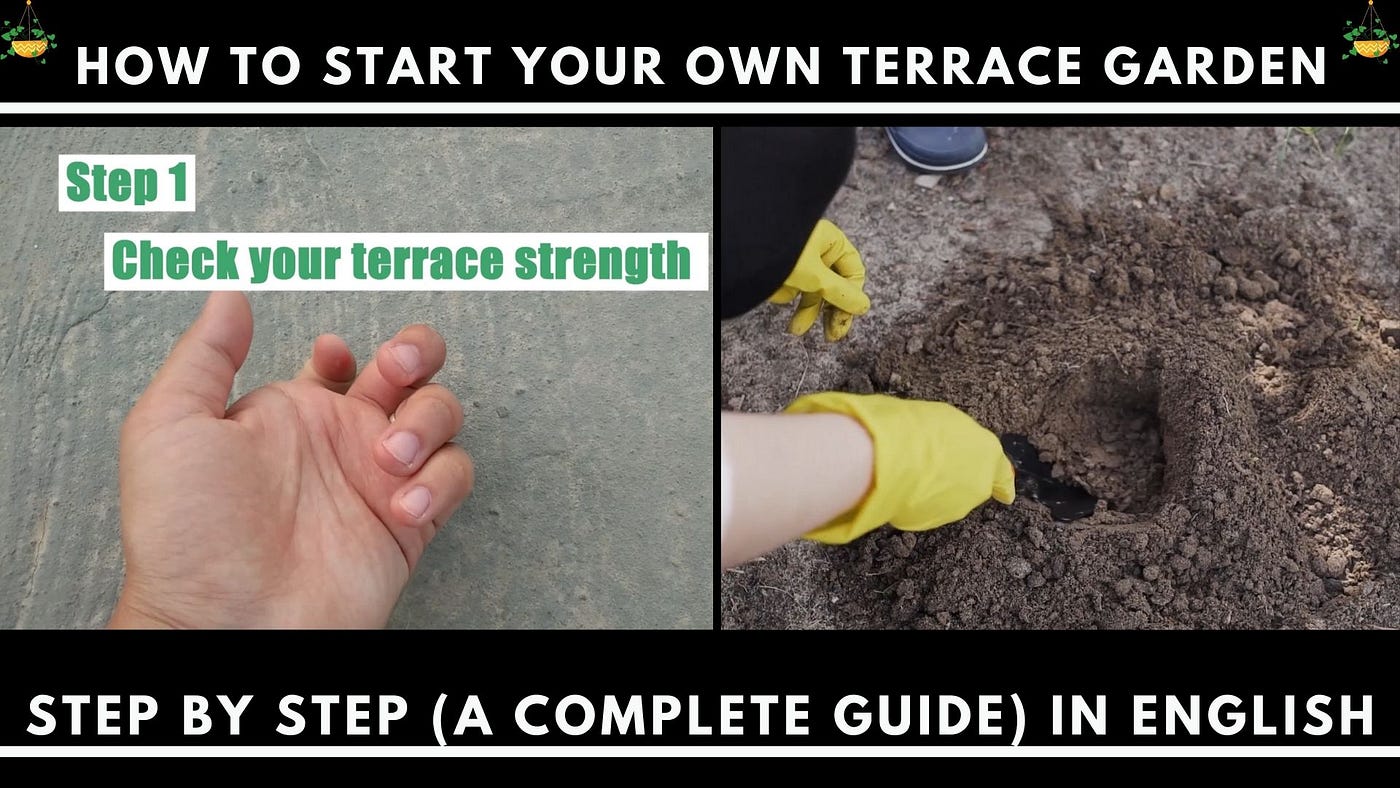
Gardening isn't a complex process but terrace gardening can be a bit laborious because one needs to keep several things in mind while setting up a terrace garden.
Here's a detailed list that will act as a step-by-step guide to build up your terrace garden.
Step 1
Check the strength of your terrace
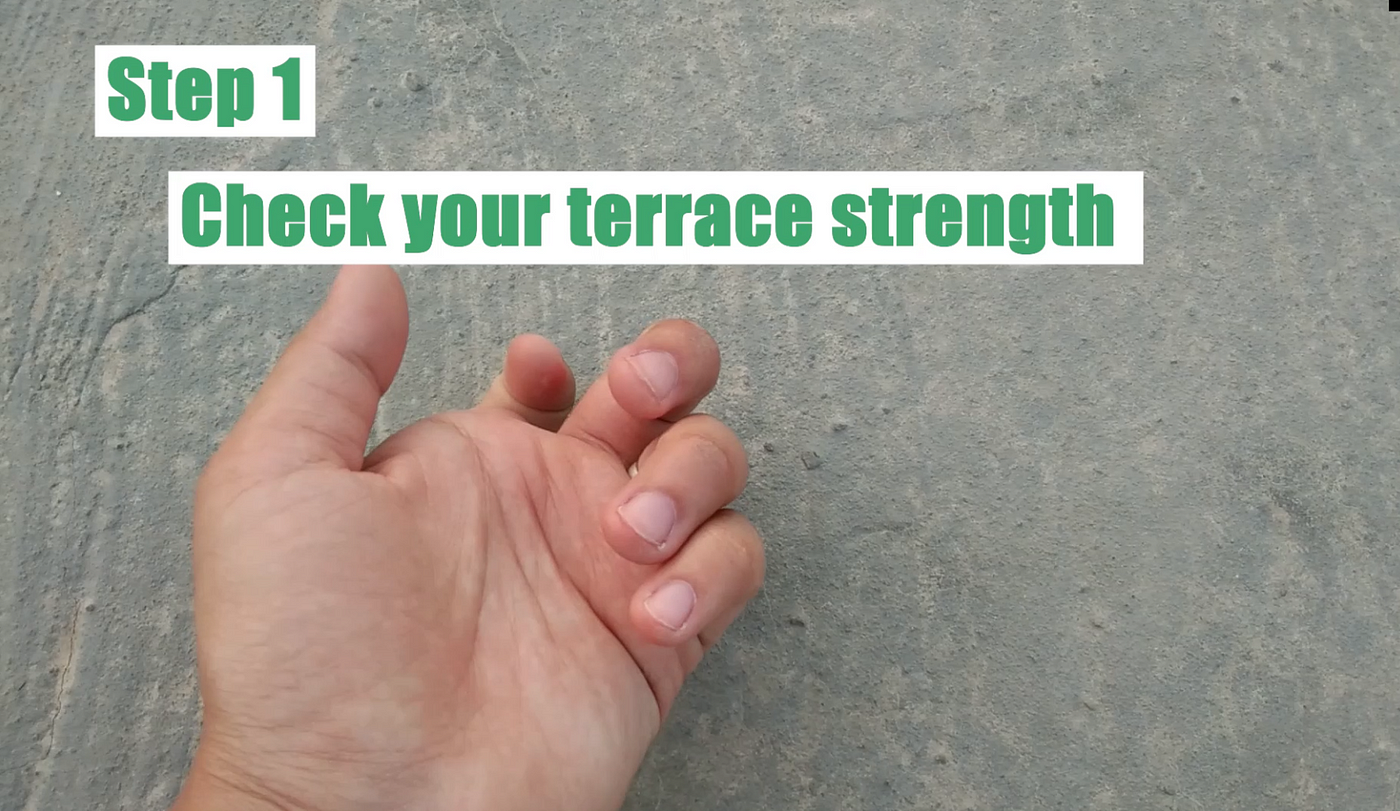
Before getting started with anything, it is really important to see whether your roof is strong enough to bear a terrace garden. For that, you may need a consultation from a professional architect, who will let you know if you can generate a garden on your rooftop or not. Also, in case your home ages to several years ago then he may suggest you adopt some precautionary measures so as to avoid long term risks.
Although, I am not a professional, yet I can suggest you two practical and reliable ways through which you can convert the idea of terrace gardening into a success.
- The first way is to add an additional layer of sand and cement to your roof in order to prevent any sort of roof leakage.
2. The second way is to opt for chips flooring or marble flooring which will strictly prevent water leakage and will also make your roof stronger.
To keep it more budget efficient you can even opt for normal waterproofing, but I feel it won't last more than 6 to 7 years
Step 2
Measure the size of your terrace
Once you get assured regarding the strength of your terrace, the next thing you need to do is, outline the rough sketch of your terrace on a piece of paper and as per your choice, you can design your terrace garden. Don't worry if you are not good at drawing, this has to be a merely rough sketch just like the one shown in the image below with the purpose to create an image of how your terrace garden should look alike.
Here's the link to the complete video
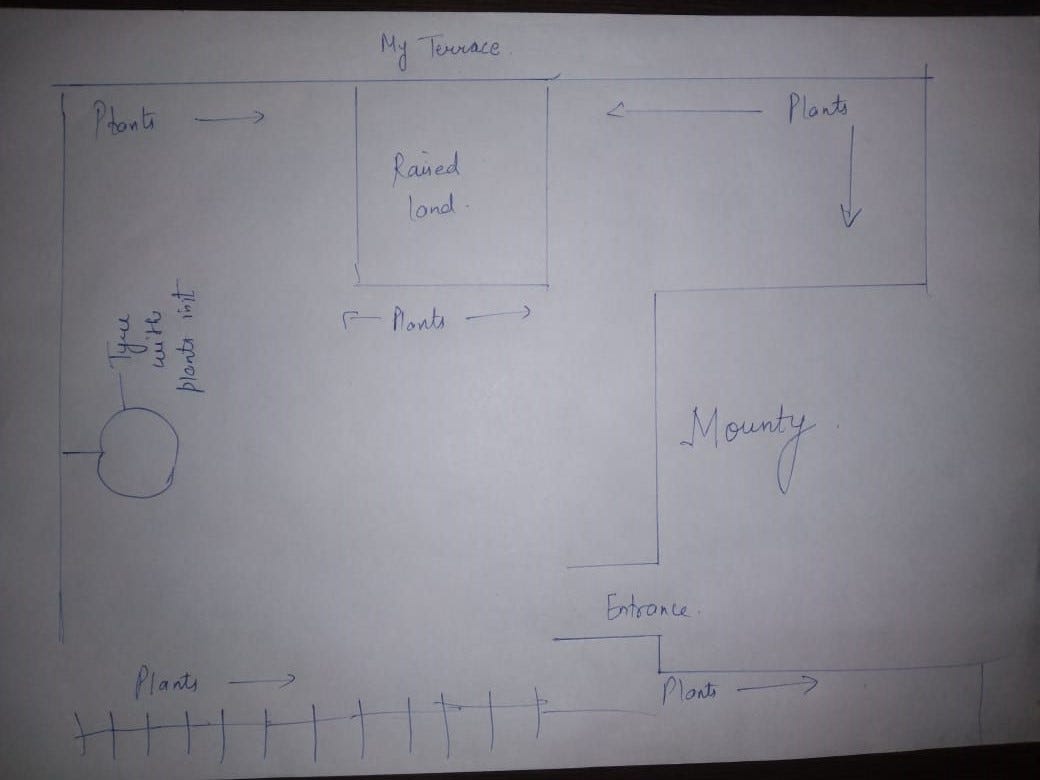
Step 3
Selection of plants

Herein, you guys got several options to select from. For instance, you can wish to create a vegetable garden, a fruiting garden, an ornamental garden, a tropical or butterfly garden, whichever you want. Now I will provide you a brief list of few plants which you can grow in the above-mentioned garden categories.
Vegetable Garden
For a vegetable garden, you can select the seeds of various perennial plants like Malabar spinach, Moringa (drumsticks), Asparagus, Taro (colocasia). You can also opt for seasonal herbs like Mint, Coriander, Spinach, and Fenugreek. The other option is to go for climbers like Cucumber, Bottle guard, Bitter gourd, Ridged gourd, Ash gourd and many more.
Fruiting garden
You got several options in this category too. Various fruit-yielding plants which you can grow in your garden are Mango, Guava, Peach, and Plum. Also, you can choose amongst some vine varieties like Grapes, Watermelon, Muskmelon, Kiwi, Passion fruit, Blackberries, Blueberries, and Raspberries.
Just the thought of these plants makes the appearance of a fruiting garden so beautiful, I wonder how awesome it will feel to observe such a garden in reality.
Ornamental Garden
This sort of garden is mainly created to add decor to your home. For an ornamental garden, you can choose plants with colorful leaves such as Coleus, Dracaena, Schefflera, Aglaonema, Croton, Monstera, etc. Since these plants have colorful leaves, it is therefore advisable not to keep them under direct sunlight. You can either keep them in partial shade or make use of a green net to protect them from direct sun.
Flowering garden (Butterfly garden)
For a flowering garden, with no doubt, you need flowering plants which are as follows.
1. Texas sage
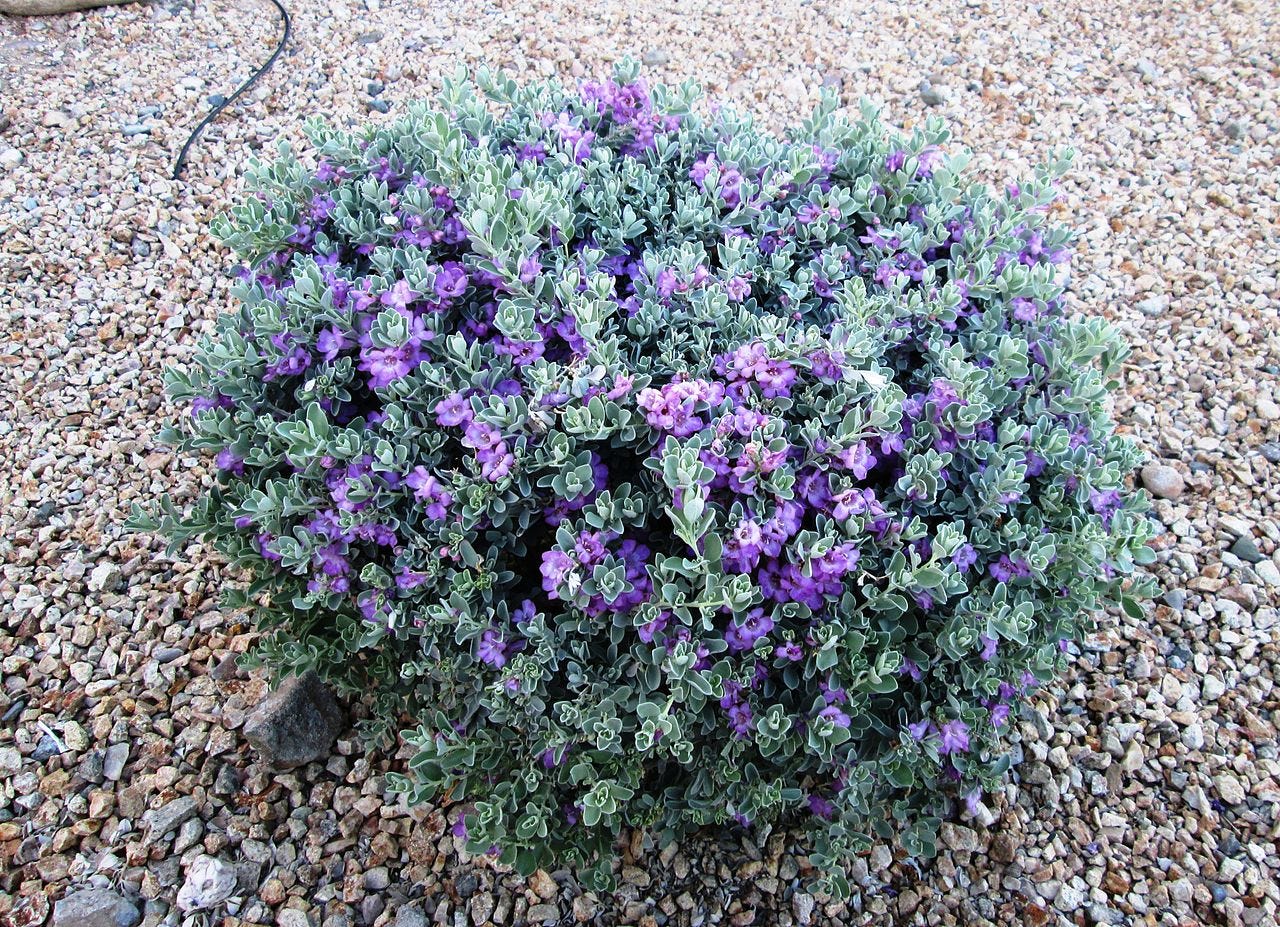
2. Lantanas

3. Oleanders
4. Rose
5. Gomphrena
6. Portulacas
7. Bougainvillea
8. Allamanda
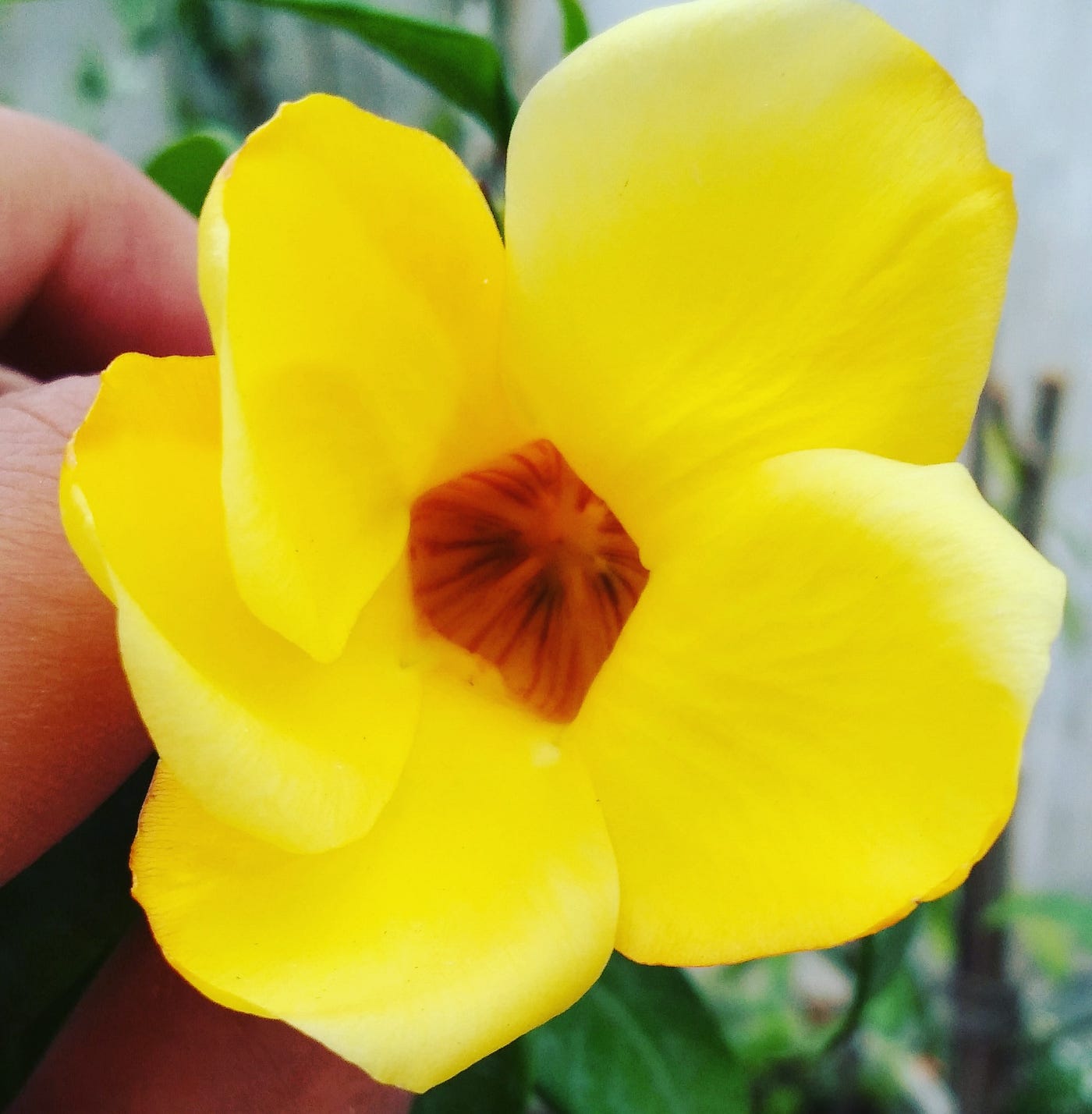
9. Tecoma
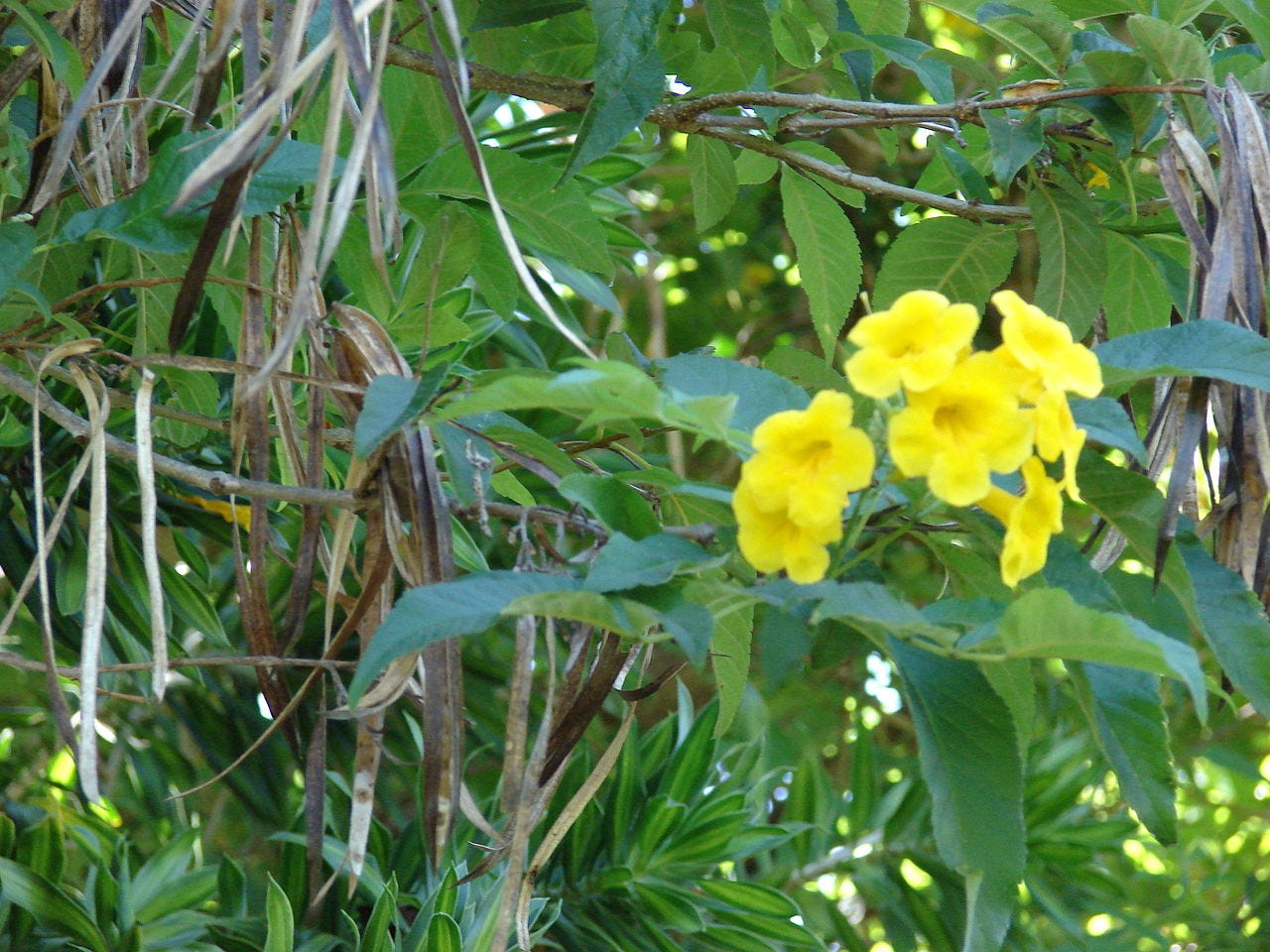
10. Hibiscus
11. Jasmine Sambac
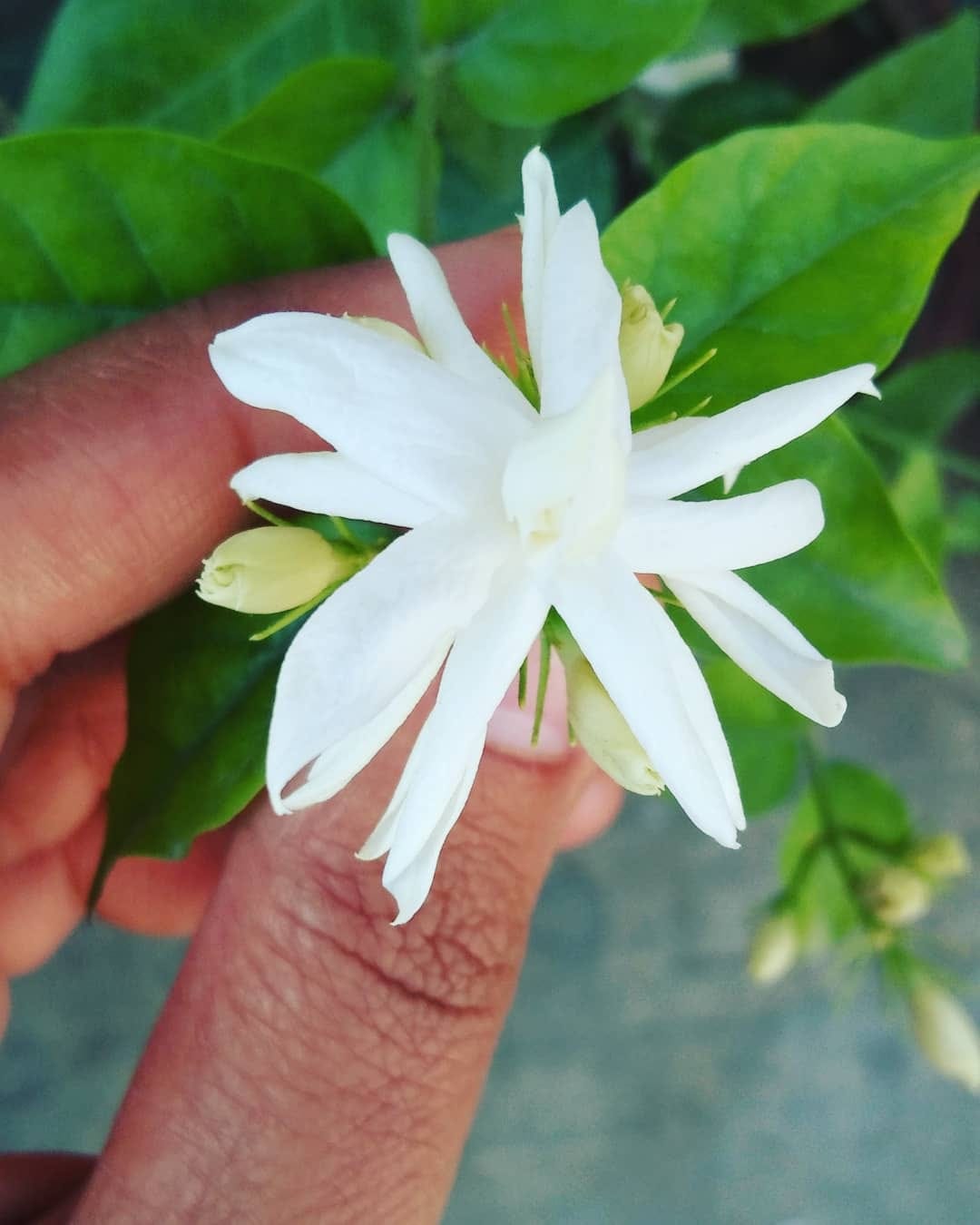
12. Plumeria
Apart from these, there are wide-ranging flowering vines too which include.
1. Garlic vine (Mansoa Alliacea)
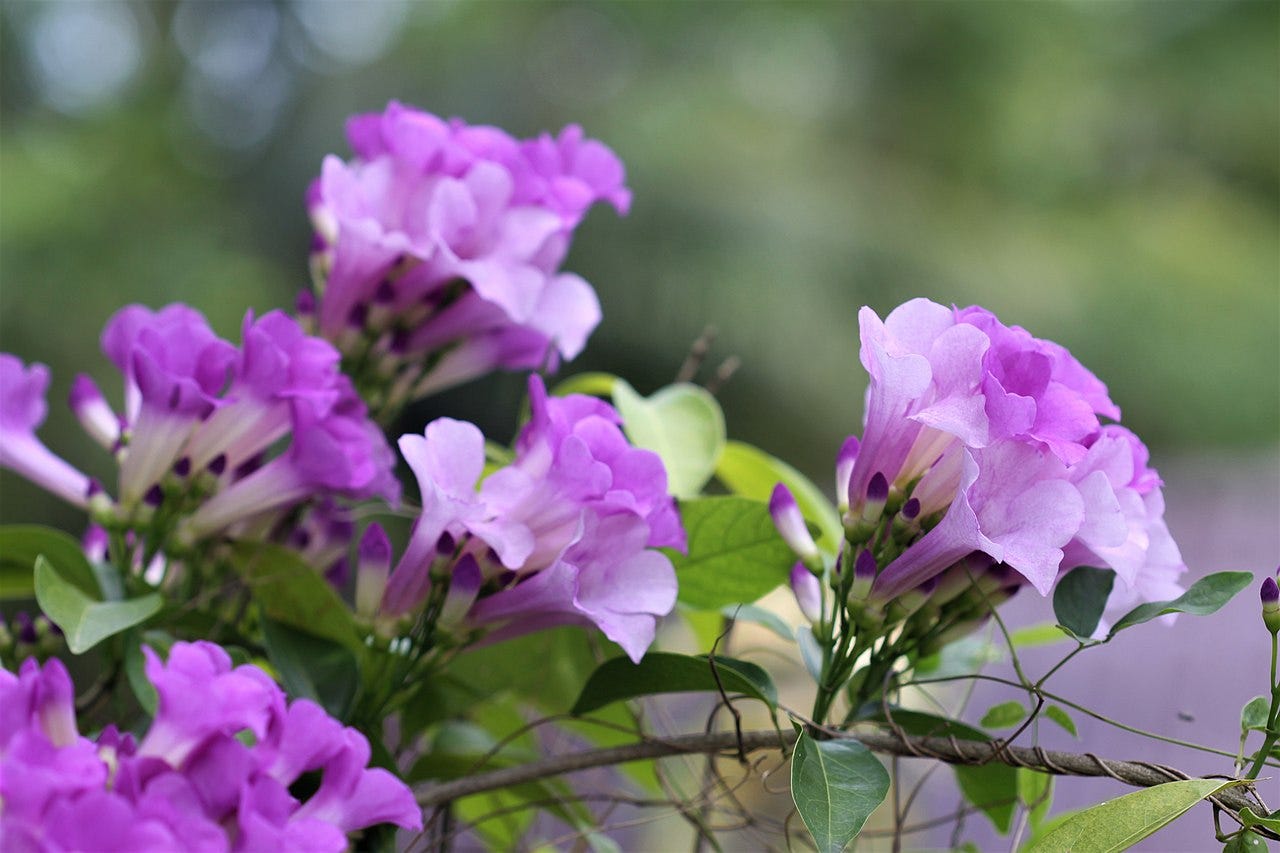
2. Bluebell plant (Aprajita)
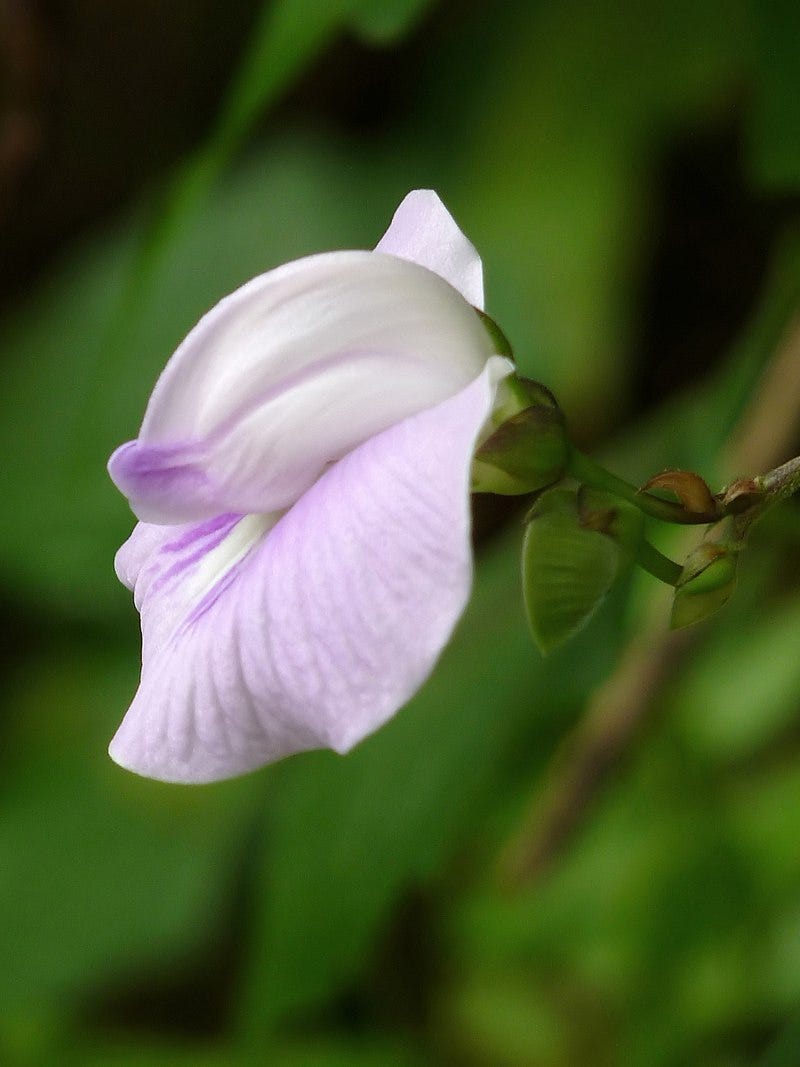
3. Rangoon creeper
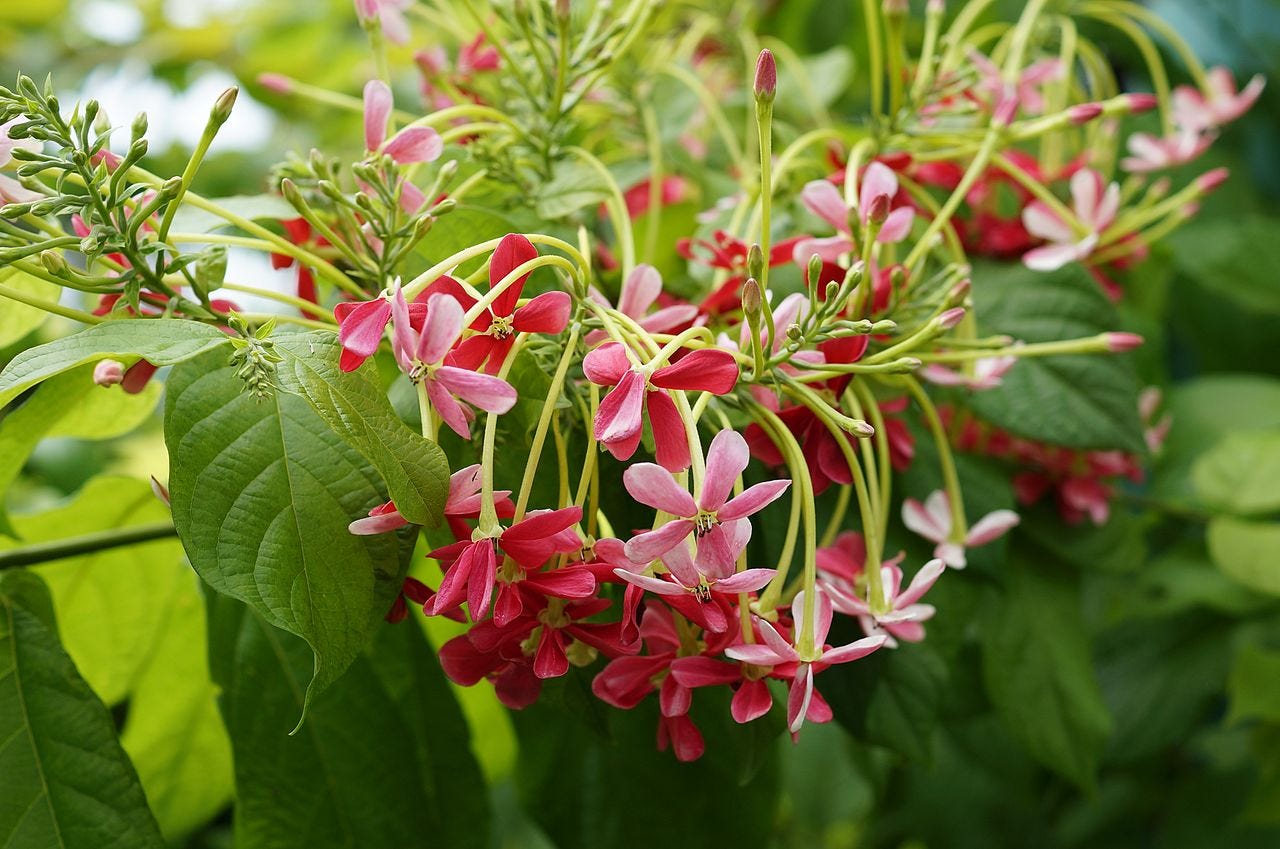
4. Clematis
5. Star jasmine (Tracheloum jasminodes)
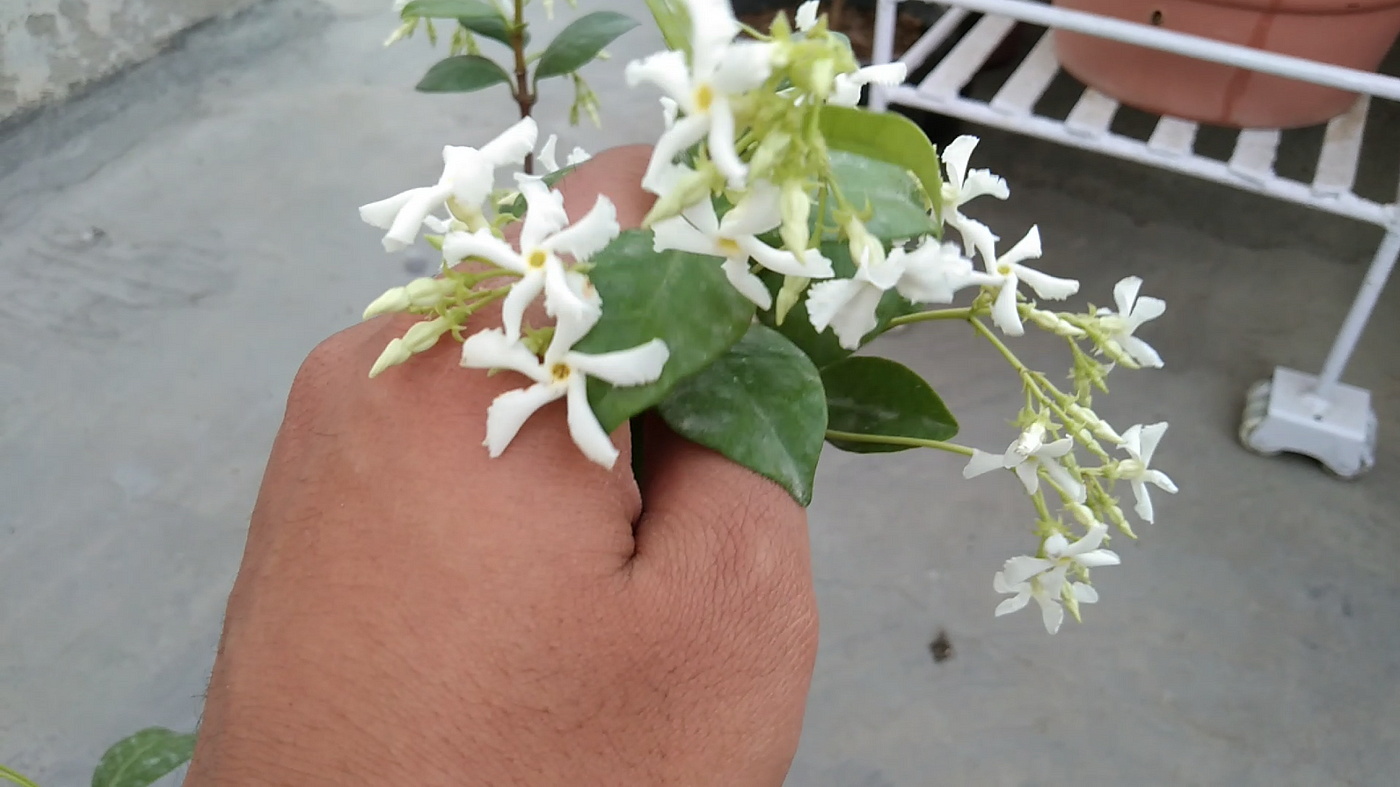
6. Juhi (Jasminum auriculatum)
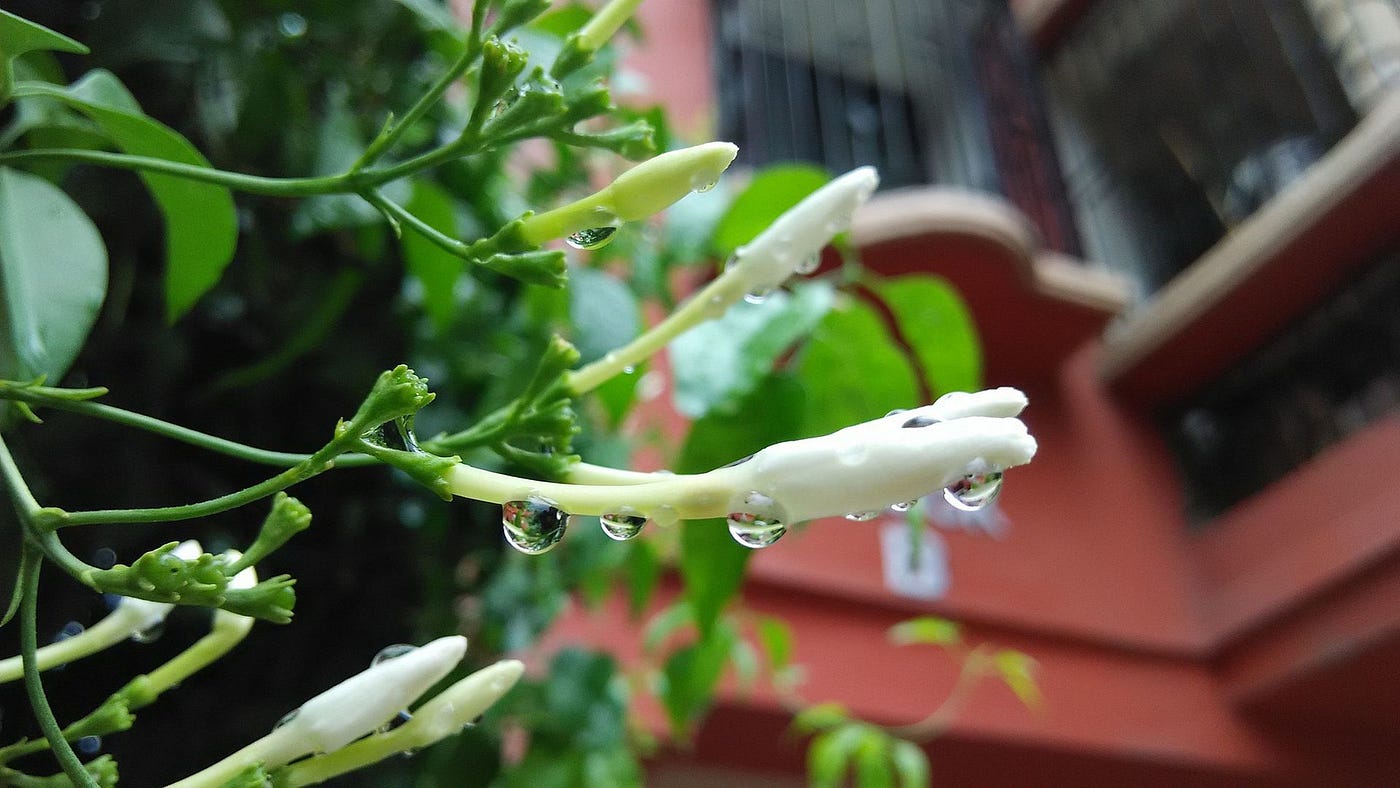
7. Jasminum (Chameli)
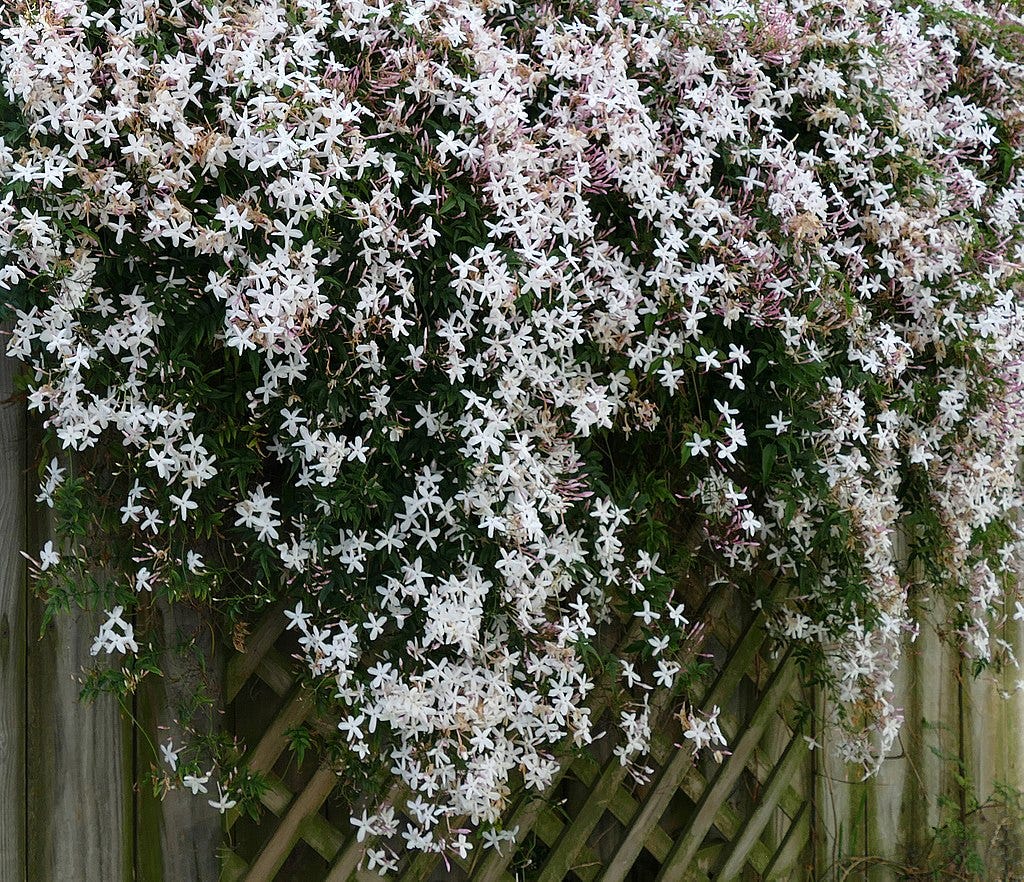
I bet if you opt for this garden, butterflies and bees are going to be frequent visitors to your garden.
Tropical Garden
These days tropical gardens aren't limited to tropical areas only, you can grow tropical plants anywhere along with some basic need and care.
The plants in this category are:
1. Hoyas
2. Bird of paradise (strelitzia reginae)
3. Orchids
4. Ferns
5. Olive tree
6. Dragon tree
7. Fishtail palm
8. Ficus Triangularis
9. Rubber plant
10. Banana tree
11. Ficus Benjamin
Here's the link to the complete video
After selecting the plants the next step is to choose the pots and the containers
Based on the plants and the type of garden you want, the selection of the container must be done. For instance, if you want to plant the fruiting trees then large containers should be used with nearly 24 inches in width. For bushes and herbs, you can make use of smaller pots or even rectangular earthen trays or even any plastic baskets with holes in them.
Also, it is advisable not to use the cemented pots as they're quite heavy and this can create an extra burden on your roof. In the case of earthen pots too, there can be an issue of weight and heaviness, so plastic pots and containers are the best options for a terrace garden.
Preparing soil medium
As you are planning for a garden on your roof, the main concern is to create the least burden on your terrace. Keeping this purpose in mind, it is important to prepare the soil medium which is lighter in weight and porous at the same time.
For that, you can consider the following composition.
1. 30% Garden soil
2. 40% Vermicompost or any compost
3. 20% Sand
4.10% Neem cake powder
It is strictly advisable never to make use of the earthen soil directly without mixing it with the above-mentioned components. Not only this will protect your terrace from the load, but also the above mixture will do wonders to your plants as well by providing them with sufficient nutrients.
Source of water
Now once you have selected the pots and containers and you have prepared the soil medium too, then it is time to look for a source of water near to your garden area. See, it is really not possible to carry buckets all the way from the ground floor to the terrace to water your plants. It is better if you have a tap or any other option through which you can pump up the sufficient water to your terrace.
These are all the major steps you need to follow in order to make your own terrace garden. However, I have two other concerns going on in my mind, let me share those too.
The first is the emergence of ants through various tiny holes which can weaken your terrace. So as soon as you see ants on your roof become cautious and use some ant repellent to keep them away.
The second concern is that sometimes due to the excessive heat and temperature; even the sun-loving plants are unable to bear the sunlight. For that, you don't need to shift your whole terrace garden. The green net is the one and the only solution which will help in providing sufficient sunlight to the plants without damaging them.
So that's is all for today, I hope following these steps will make your terrace garden dream a success. In case I have missed out anything, kindly share in the comment box below. Indeed, I would love to hear from you guys about how you created your own terrace garden.
How To Start Terrace Gardening
Source: https://medium.com/age-of-awareness/how-to-start-your-own-terrace-garden-step-by-step-a-complete-guide-8a9fb4279b81
Posted by: garlandfrome1953.blogspot.com

0 Response to "How To Start Terrace Gardening"
Post a Comment